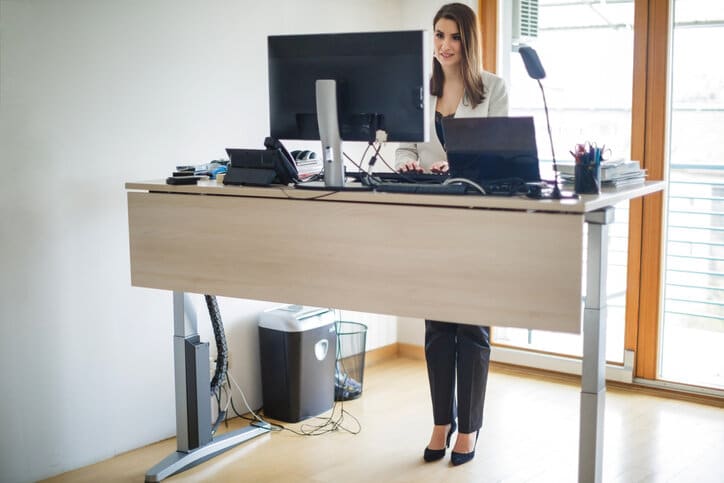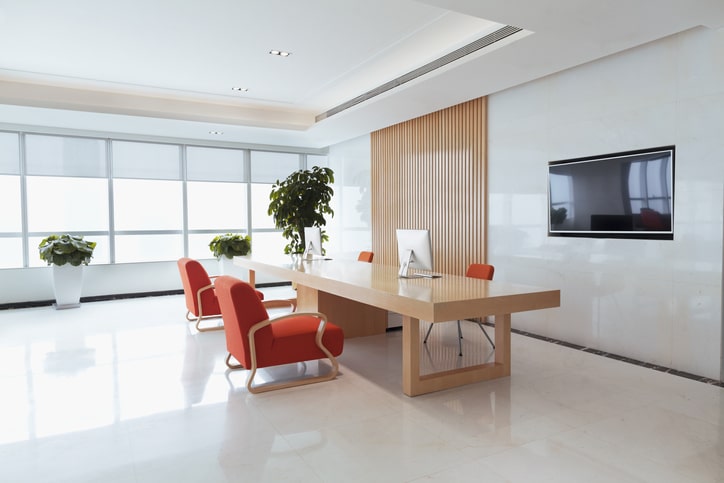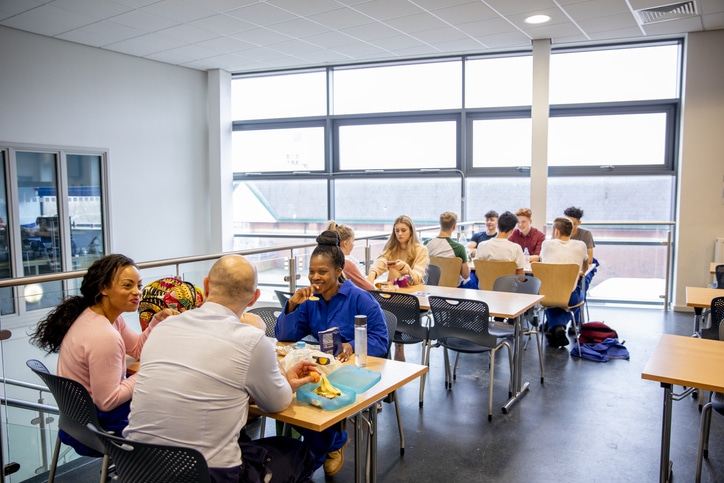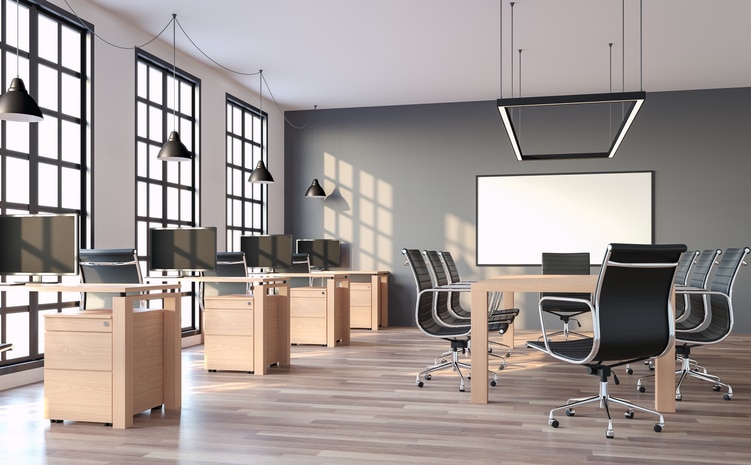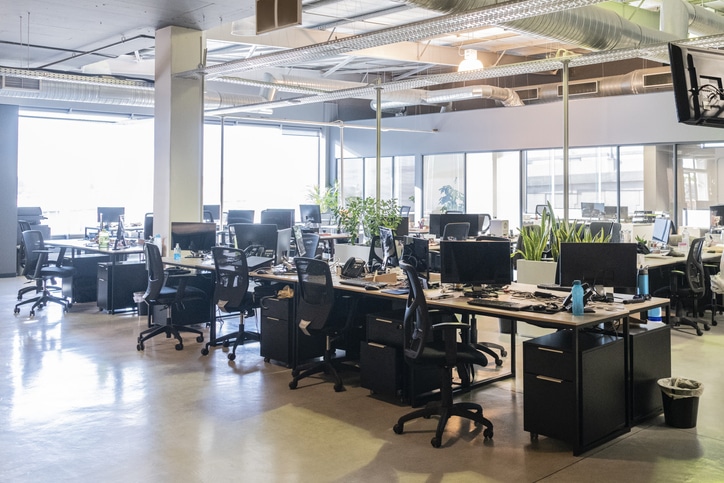There has been a lot of research about factors that can impact employee performance in the workplace. One of the key findings has shown that sitting hunched over a desk for hours and hours can have a significant impact on employees’ health, motivation, and productivity levels.
Modern office equipment is designed to promote better posture and reduce aches and pains, which can have a negative effect on productivity. One of the more recent developments in office equipment is height-adjustable tables. And, in this post, we will go through some of the benefits of height-adjustable tables.

Improved Movement
Sitting down for prolonged periods has a negative impact on the human body, especially if the person is not mindful of their posture. That is why professionals recommend avoiding sitting in one position for hours and making sure to move around the office as much as possible.
It might not be possible to go for long walks or do exercise during the workday, which is what makes height-adjustable tables so useful in the workplace. By adjusting the height of the table, employees can continue to do their work while also getting to stretch a little. A simple change in position can have a massive impact on their posture and health.
Reduced Back Pain
Back pain is one of the leading sources of employee absenteeism in the USA. Research by the CDC has highlighted that using height-adjustable tables can reduce back pain, even if it is only for 15 minutes each hour. With a reduction in aches and pains, employees will be able to retain their focus for more extended periods of time, and companies should see a reduction in lost time.
Many Health Benefits
It isn’t just the back that adjustable height tables can help out. The research has shown that employees that alternate between sitting and standing throughout the day helps the muscles in the legs and supports healthy heart functions by improving circulation.
Sit and stand desks are also useful to manage blood sugar spikes and can aid weight management. Standing up helps to burn some serious calories, which is excellent, especially if there are snacks lying around the office.
Research has also found that there is a higher level of creativity and increased energy levels in staff who use height-adjustable tables. That is because the changes in position stimulate the flow of oxygen in the blood, meaning that staff gets less fatigued as the day goes on. This boost to the energy levels of the team can lead to better output and a reduction in mistakes due to tiredness.
Benefits for Business
With a healthier and more motivated workforce, companies should notice a reduction in sick days and an increase in productivity. Height-adjustable tables can be easily added to existing layouts, and with many different models on the market, you can easily find the best fit for your business.

